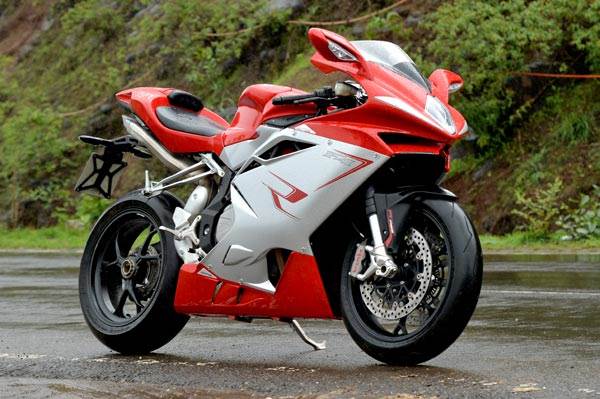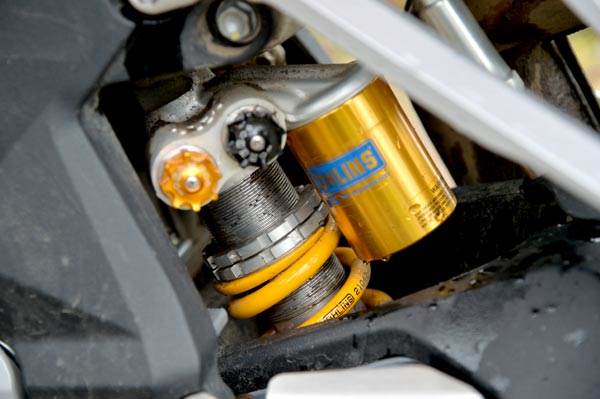MV Agusta F4 review, test ride
We get astride the iconic F4 to see if it lives up to its legendary reputation.
Published on Jul 08, 2016 01:00:00 PM
35,912 Views
Follow us on



MV Agusta’s F4 is the closest you get to royalty in the world of motorcycling. It is a soul-stirring amalgamation of thermoplastic, fibreglass, chromium-molybdenum, aluminium and carbonfibre. It feels all the more incredible when you consider that it was designed by the masterful Massimo Tamburini, nearly 20 years ago. Yes, look at it again. And underneath that fairing is an in-line four-cylinder motor. Sounds ordinary? But, it just so happens that it traces some of its DNA to Ferrari’s F1 engines. But, that was a long time ago. And in that time, the F4’s status as an icon and a valuable collectible that most people will enclose in glass has only grown. So, does it even matter how this motorcycle rides? Maybe it doesn’t, but, we had to know. And, we are glad we did.
In the flesh, the F4 is as stunning as I expected it to be. There’s a poetic beauty in its lines that will have you marvelling for a long time to come. How planes like the flattish fairing design, the geometric headlamp design, the lacy lines on the wind deflector and hard edges of the fairing combine to make a timeless package is spell-binding.

Connections to the world of racing are hard to miss. The quick-release fasteners for the fairing remind you of the race track. As do the little winglets under the headlamp. Although the LED-encrusted leading edge is a modern-day indulgence. The slots on the rear-view mirror housing suggest aerodynamic efficiency too was critical to the design. And, the single-sided swingers will prove very handy if you ever need to change tyres in a hurry. And, it’ll look gorgeous rest of the time.
There were only a couple of bits that to my eye stood out a bit. The blue backlight for the LCD console looks a bit dated and the resolution of the display felt a bit outdated in a world where colour displays are becoming common on top-end motorcycles. In terms of design, the tail section bloats a bit around the rider's seat. But the generous width of the rider’s seat explained that quirk convincingly. However, comfort clearly isn’t the top priority here, as the seating position is properly racy. It isn’t down to the low-set, clip-on handlebars, rather because of the high seat and the rear-set footpegs. Yes, getting your feet down at stop lights requires a bit of planning.
Our test bike was the F4 R, which uses Ohlins rear damper and forged wheels. However, the R variant is no longer on sale and so, the base F4 will come with cast alloy wheels and a Sachs rear damper instead. But, you will have little reason to complain as the F4 comes equipped with plenty of modern-day tech. A lean angle sensing IMU, Bosch’s 9 Plus ABS with a Race Mode, eight-stage traction control, three-stage engine brake control, throttle sensitivity, engine torque and all of this is available on three preset rider modes – Normal, Sport and Rain. A fourth mode, Custom, allows the rider to set-up the electronic controls as per his or her preference.

We were glad for all the electronic help we could get as our time on the F4 was on a day when rain was belting down. With the rider mode set to Rain, we wound our way through the streets of Pune. It was clear that the throttle response was soft and torque remained well capped for commuting in the city. I found that I needed to give wider throttle inputs than I would have expected on a 195hp superbike, to get it whizzing past traffic. So, job done. The seating position though was very aggressive and caused some amount of wrist ache at these slow speeds. The suspension, slightly softened for street duties, was surprisingly pliant and let us roll over speed breakers and bumpy tarmac with ease.
Copyright (c) Autocar India. All rights reserved.


Comments
Member Login
Personal Details
No comments yet. Be the first to comment.